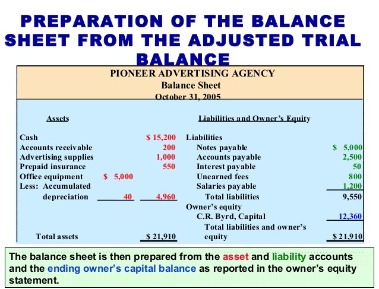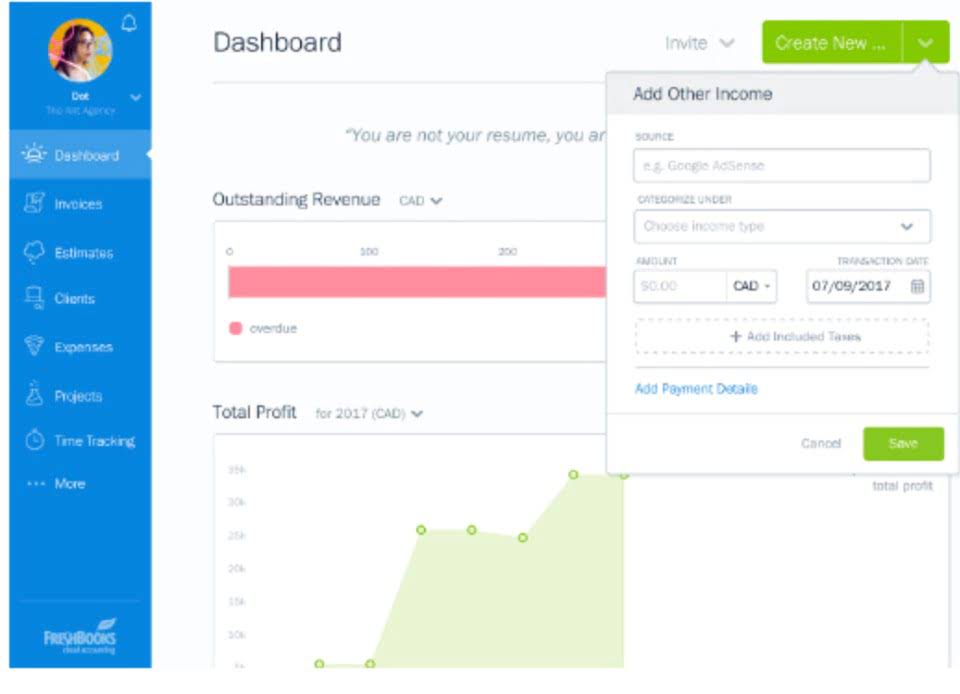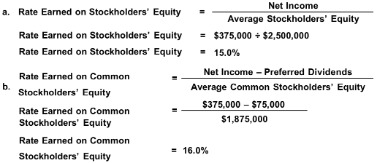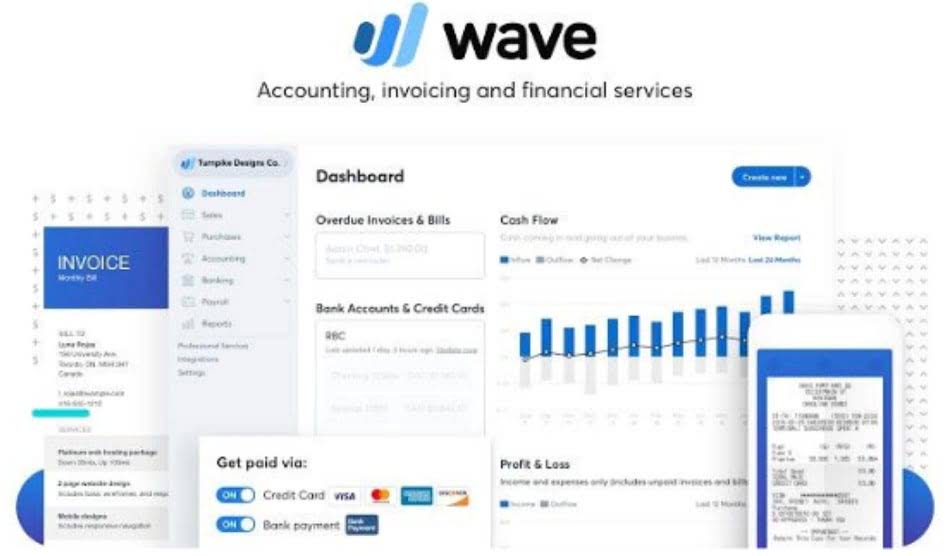A higher ratio suggests faster payments, while a lower ratio may indicate delayed payments or cash flow challenges. A declining turnover ratio over time indicates that the business is paying its suppliers slowly, which may be a sign of deteriorating financial health. If the business pays its suppliers on time, it may indicate that the suppliers are requesting quick payments or that the business is taking advantage of early payment incentives provided by vendors. Understanding how to calculate, interpret, and optimize the accounts payable turnover ratio helps improve cash flow, strengthen vendor relationships, and support smarter financial decisions. Companies in industries with longer production cycles, like manufacturing, tend to have lower ratios, while businesses in industries with faster turnover, like retail, typically have higher ratios.
Business is Our Business
The accounts payable turnover ratio is a financial metric that measures how efficiently a company pays back its suppliers. It provides important insights into the frequency or rate with which a company settles its accounts payable during a particular period, usually a year. Like other accounting ratios, the accounts payable turnover ratio provides useful data for financial analysis, provided that it’s used properly and in conjunction with other important metrics. The accounts payable turnover in days is also known as days payable outstanding (DPO). It’s a different view of the accounts payable turnover ratio formula, based on the average number of days in the turnover period.
- The company wants to measure how many times it paid its creditors over the fiscal year.
- Benchmarking your AP turnover ratio against current industry standards helps identify whether your business is keeping pace.
- There’s no one-size-fits-all answer—your ideal AP turnover ratio depends on your industry, supplier agreements, and overall financial strategy.
- Understanding the formula is the first step in using the accounts payable turnover ratio effectively.
- Economic conditions, like interest rates or a recession, can impact a company’s payment practices.
On the other hand, a declining percentage can also indicate that the business and its suppliers have worked out different terms for payment. With all your expense data in a single dashboard, you can get real-time visibility into all your financial metrics, giving you a clear picture of your company’s financial health. Learn more about how Ramp’s finance operations platform saves customers an average of 5% a year. Monitoring how your ratio trends can reveal the impact of operational changes, like negotiating better payment terms.

Moreover, the “Average Accounts Payable” equals the sum of the beginning of period and end of period carrying balances, divided by two.
A high ratio for AP turnover means that your company has adequate cash and financing to pay its bills. If you’re managing an inventory-heavy business, the inventory turnover ratio is another key metric to keep an eye on. On the other hand, a low AP turnover ratio suggests your business takes longer to pay suppliers. By tracking this ratio over time, your team can find the right balance—making sure suppliers are paid on time while keeping enough cash available for other business needs.
With this data at your fingertips, cross-departmental collaboration becomes more productive, allowing you to identify opportunities to improve efficiency and AP turnover to help the business grow. Tracking how your turnover changes can help you determine the health of your business’s cash flow. A good way to get a feel for a high or low AP turnover ratio in your own industry is to look up industry leaders on a service like discoverci.com. To make this easier, many accounting software solutions will let you go back in time and see what your AP balance was at different points.
Support long-term financial planning
For example, companies that obtain favorable credit terms usually report a relatively lower ratio. Large companies with bargaining power who are able to secure better credit terms would result in lower accounts payable turnover ratio (source). It’s important that the accounts payable turnover ratio be calculated regularly to determine whether it has increased or decreased over several accounting periods. The higher the AP turnover ratio, the faster creditors are being paid, and the less debt a business has on its books. As such, the optimum position is one in which an organization pays off its accounts payable in a timely manner, without compromising its ability to invest and reinvest. A company with a low ratio for AP turnover may be in financial distress, having trouble paying bills and other short-term debts on time.
AP Turnover Formula
This action will likely cause your ratio to drop because you’ll be paying creditors less frequently than before. While the accounts payable turnover ratio provides good information for business owners, it does have limitations. For example, when used once, the ratio results provide little insight into your business.
Accounts Payable Turnover Ratio: Formula, How to Calculate, and Improve It
Strong supplier relationships are essential for maintaining a reliable supply chain and avoiding disruptions. A company’s accounts payable turnover ratio is a key measure of back-office efficiency and financial health. The basic formula for the AP turnover ratio considers the total dollar amount of supplier purchases divided by the average accounts payable balance over a given period.
The formula for calculating the AP turnover in days is to divide 365 days by the AP turnover ratio. Keep track of whether the accounts payable turnover ratio is increasing or decreasing over time for valuable insight into how the business is doing financially. AP aging comes into play here, too, since it digs deeper into accounts payable and how any outstanding debt could affect future financials. An AP aging report allows you to organize the total amount due into 30-day “buckets”, so you can track payments that are due and payments that are overdue. If your AP turnover isn’t high enough, you’ll see how that lower ratio affects your ongoing debt.

For businesses that rely on physical inventory, aligning inventory purchases with demand can free up cash for paying suppliers. Excess inventory ties up capital and increases storage costs, which can strain cash flow. By improving demand forecasting and reducing overstock, you’ll have more liquidity to maintain a healthier APTR. For instance, a wholesale distributor that adjusts its inventory ordering system based on seasonal trends can reduce waste and allocate funds more efficiently.
Just remember to pay attention to the time period so you can calculate the AP turnover for the same period. For businesses with seasonal sales patterns, such as retail or agriculture, the AP turnover can fluctuate significantly throughout the year. This seasonality must be accounted for to avoid misinterpretation of the ratio at different times of the year. A low ratio may indicate issues with collection practices, credit terms, or customer financial health. Regularly reviewing supplier agreements and payment behaviors helps ensure your AP practices are supporting—not hindering—your cost control and relationship management goals. But in the case of the A/P turnover, whether a company’s high or low turnover ratio should be interpreted positively or negatively depends entirely on the underlying cause.
Investors may use the ratio to determine if a company has adequate cash to pay off its short-term financial obligations. However, a turnover ratio that’s too high might suggest over-purchasing or running low on inventory. It’s essential to compare your ratio to industry averages and consider your unique operational requirements when assessing what’s ideal for your business. The first year you owned the business, you were late making payments because of limited cash flow and an antiquated AP system. Measuring performance in key facets of accounts payable can provide you with valuable insights that point out what can be done to improve the process.
- Net credit purchases are total credit purchases reduced by the amount of returned items initially purchased on credit.
- The ratio is a measure of short-term liquidity, with a higher payable turnover ratio being more favorable.
- Your business’s AP turnover ratio gives you insights into your payment practices and helps you identify areas for improvement.
- It is important to benchmark against industry peers to determine what is considered average for a specific sector.
AP Turnover Ratio vs. AR Turnover Ratio
Discover the next generation of strategies and solutions to streamline, simplify, and transform finance operations. See how forward-thinking finance teams are future-proofing their organizations through AP automation. Healthcare providers often deal with a large volume of regular purchases—from medical equipment to pharmaceuticals—which means AP processes need to be both fast and efficient. For example, if you were a car manufacturer, you might look up Ford and discover it has a 5.20 payable turnover for the most recent quarter. Shaun Conrad is a Certified Public Accountant and CPA fundamentals of accounting for lawyers exam expert with a passion for teaching. After almost a decade of experience in public accounting, he created MyAccountingCourse.com to help people learn accounting & finance, pass the CPA exam, and start their career.
Since the accounts payable turnover ratio is used to measure short-term liquidity, in most cases, the higher the ratio, the better the financial condition the company is in. One of the most important ratios that businesses can calculate is the accounts payable turnover ratio. Easy to calculate, the accounts payable turnover ratio provides important information for businesses large and small. Effective accounts payable management is essential when it comes to maintaining a favorable working capital position.
















